Costume is the distinctive style of dress or cosmetic of an individual or group that reflects class, gender, profession, ethnicity, nationality, activity or epoch. In short costume is a cultural visual of the people.

Harlequinade is a English comic theatrical genre, defined by the Oxford English Dictionary as "that part of a pantomime in which the harlequin and clown play the principal parts". It developed in England between the 17th and mid-19th centuries. It was originally a slapstick adaptation or variant of the Commedia dell'arte, which originated in Italy and reached its apogee there in the 16th and 17th centuries. The story of the Harlequinade revolves around a comic incident in the lives of its five main characters: Harlequin, who loves Columbine; Columbine's greedy and foolish father Pantaloon, who tries to separate the lovers in league with the mischievous Clown; and the servant, Pierrot, usually involving chaotic chase scenes with a bumbling policeman.
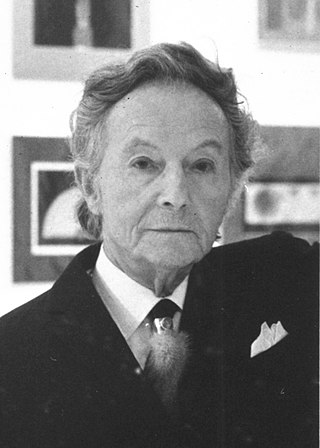
Romain de Tirtoff, known by the pseudonym Erté, was a Russian-born French artist and designer. He was a 20th-century artist and designer in an array of fields, including fashion, jewellery, graphic arts, costume and set design for film, theatre, and opera, and interior decor.
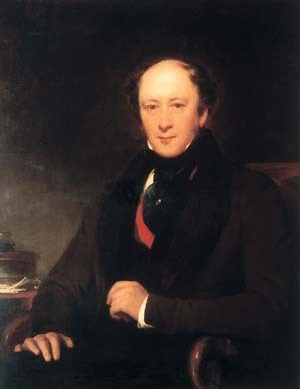
James Robinson Planché was a British dramatist, antiquary and officer of arms. Over a period of approximately 60 years he wrote, adapted, or collaborated on 176 plays in a wide range of genres including extravaganza, farce, comedy, burletta, melodrama and opera. Planché was responsible for introducing historically accurate costume into nineteenth century British theatre, and subsequently became an acknowledged expert on historical costume, publishing a number of works on the topic.
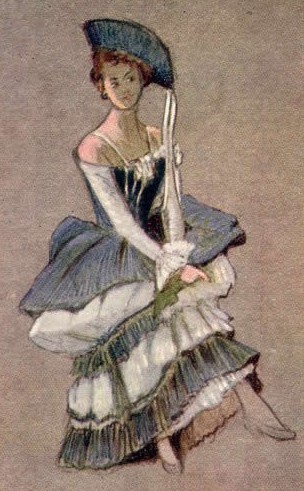
Costume design is the creation of clothing for the overall appearance of a character or performer. Costume may refer to the style of dress particular to a nation, a class, or a period. In many cases, it may contribute to the fullness of the artistic, visual world which is unique to a particular theatrical or cinematic production. The most basic designs are produced to denote status, provide protection or modesty, or provide visual interest to a character. Costumes may be for a theater, cinema, musical performance, cosplay, parties, or other events. Costume design should not be confused with costume coordination which merely involves altering existing clothing, although both create stage clothes.
Tatiana Benita Moiseiwitsch, was an English theatre designer.
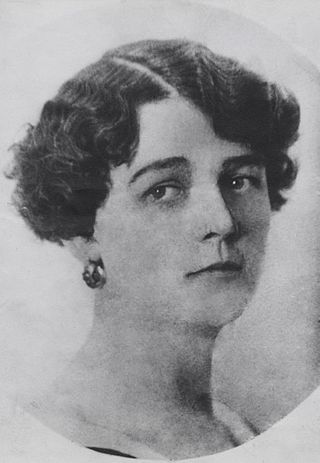
Varvara Jmoudsky, better known as Barbara Karinska or simply Karinska, was the Oscar-winning costumier of cinema, ballet, musical and dramatic theatre, lyric opera and ice spectacles. Over her 50 year career, that began at age 41, Karinska earned legendary status time and again through her continuing collaborations with stage designers including Christian Bérard, André Derain, Irene Sharaff, Raoul Pêne du Bois and Cecil Beaton; performer-producers Louis Jouvet and Sonja Henie; ballet producers René Blum, Colonel de Basil and Serge Denham. Her longest and most renown collaboration was with choreographer George Balanchine for more than seventy ballets — the first known to be “The Celebrated Popoff Porcelain,” a one act ballet for Nikita Balieff's 1929 La Chauve-Souris with music by Tchaikovsky for which Karinska executed the costumes design by Sergey Tchekhonin. She began to design costumes for Balanchine ballets in 1949 with Emmanuel Chabrier's “Bourrèe Fantasque,” for the newly founded New York City Ballet. Their final collaboration was the 1977 "Vienna Waltzes.” Balanchine and Karinska together developed the American tutu ballet costume[9] which became an international costume standard.

James Cassius Williamson was an American actor and later Australia's foremost impresario, founding the J. C. Williamson's theatrical and production company.

Christian Bérard , also known as Bebè, was a French artist, fashion illustrator and designer.

Angels Costumes is a supplier of costumes based in London, England to the film, theatre and television industries, as well as to the general public. The company, founded in 1840, is the longest-established costume supplier in the world, and has supplied costumes to 37 films that have received the Academy Award for Best Costume Design, including the 2010 film Alice in Wonderland and, most recently, The Grand Budapest Hotel.

Shirley Ann Russell was a British costume designer, who was nominated for Academy Awards for her designs on Agatha (1979) and Reds (1981).

Percy Anderson was an English stage designer and painter, best known for his work for the D'Oyly Carte Opera Company, Sir Herbert Beerbohm Tree's company at His Majesty’s Theatre and Edwardian musical comedies.
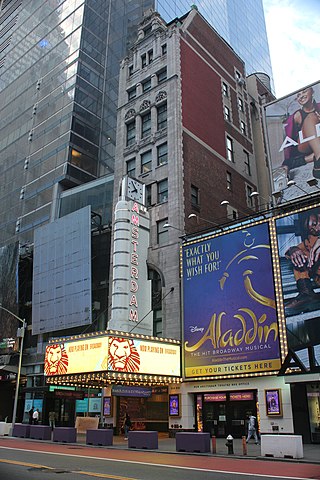
The Disney Theatrical Group, legally Buena Vista Theatrical Group Ltd., is the live show, stageplay and musical production arm of The Walt Disney Company. The company is led by Thomas Schumacher, and is a division of Walt Disney Studios, forming a part of Disney Entertainment, one of the three major business segments of The Walt Disney Company.

Theatre of United Kingdom plays an important part in British culture, and the countries that constitute the UK have had a vibrant tradition of theatre since the Renaissance with roots going back to the Roman occupation.
Motley was the name of the theatre design firm made up of three English designers: sisters Margaret and Sophie Harris (1900–1966) and Elizabeth Montgomery (1902–1993).
Michael Annals was a theatrical scenic and costume designer.
Semyon Solomonovich Mandel was a prominent Soviet/Russian theatre and film production designer and art director. He was named an Honored Art Worker of the USSR in 1969, and received the USSR State Prize in 1948.
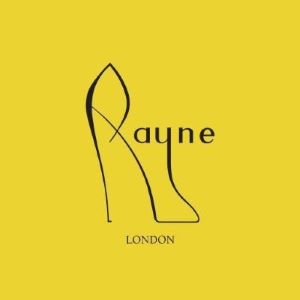
Rayne was a British manufacturer known for high-end and couture shoes. Founded in 1899 as a theatrical costumier, it diversified into fashion shoes in the 1920s.
Patience Glossop Harris, was a British costume designer for the theatre best known for her work with the actor Ellen Terry early in her career.

Alfred Maltby was an English actor, costume designer, playwright and columnist. He began his theatrical career in 1872, becoming a much sought-after costume designer in the West End. By 1875 he began to write comic plays, which were successfully staged. Persuaded to take a role in one of his own pieces in 1876 he also began an acting career in which he specialised in playing comic, eccentric and usually elderly characters, for which portrayals he also earned enthusiastic reviews.














